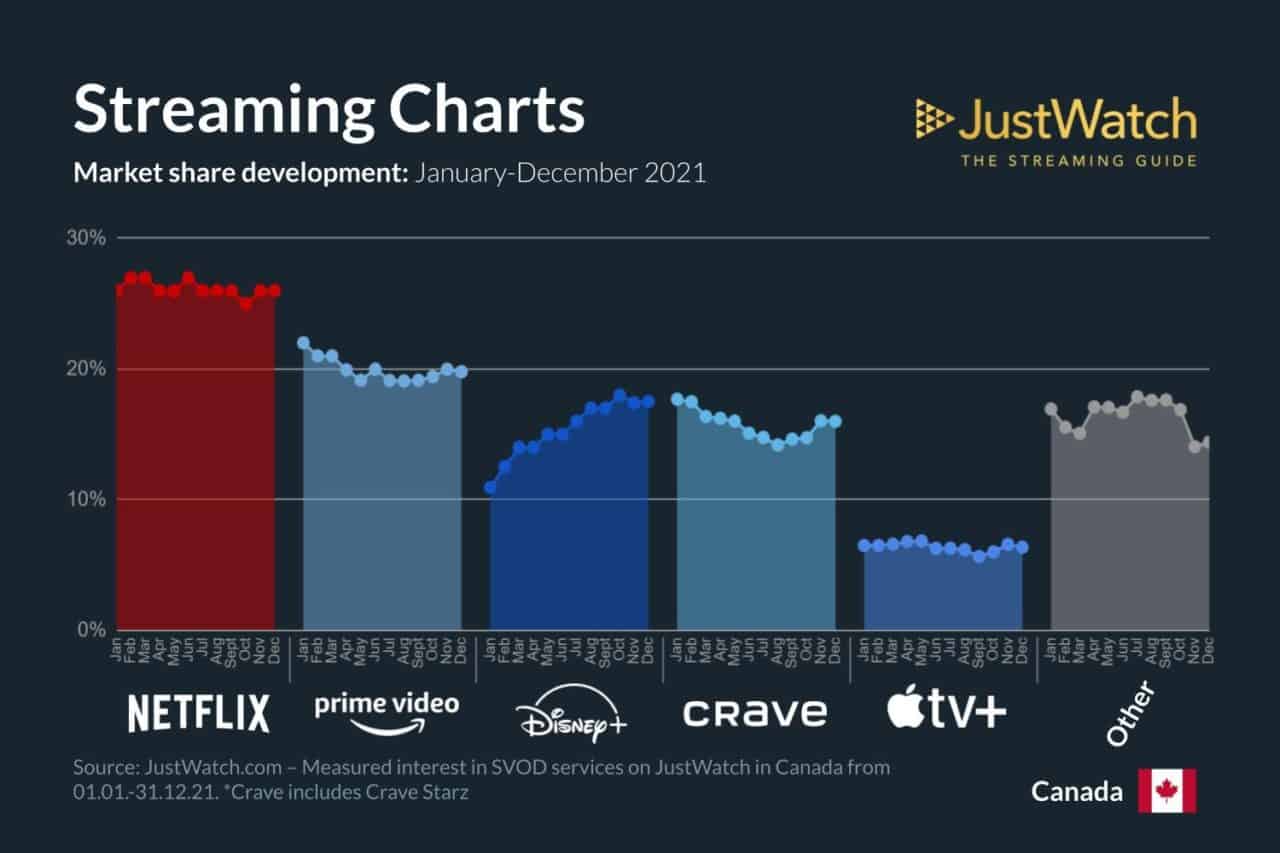Buried near the bottom of a $10,000 pitch competition for Canada’s BIPOC filmmakers are some very valuable tips for your next scripted series pitch to Amazon Studios.

Quoting for research purposes:
“Pilot Structure Guide for Scripted Series
Plotlines:
There should be an A, B and C plot in the pilot.
A plot: Story of the week. This is a closed-ended story usually dealing with the “business or franchise of the series.”
B plot: Ongoing serialized plot line for our main character that goes over the course of the season. This should be something that builds throughout the season with twists and turns. Two Essential Questions to answer within B Plot:
- Why start the story now?
Most importantly there should be an inciting incident that happens at the top of the pilot to our main character that is out of their control – i.e. Tony Soprano having an anxiety attack in Sopranos, or Walter White gets lung cancer. What happens to our lead character early on?
This incident makes the lead character decide to do something i.e. Tony goes to see a Shrink; Walter decides to sell Crystal Meth.
This decision is what springs the plot of the series into action. It moves the character’s life in a new direction. It’s also why the pilot story starts now versus another time in the story.
- What does our lead decide to do?
This is what the series will be about.
C plot: Closed-ended story in the pilot that revolves around a secondary character whose plot has nothing to do with the A or B plot.
Theme:
The pilot episode needs a theme that connects all three plotlines.
Ending:
Make sure to end the pilot with a surprise or twist that the audience does not see coming so that they are compelled to watch episode two.”
Also included are tips for your actual pitch:
“Pitch Outline Format
INTRO – Explain what inspired this project, why you specifically feel connected to it, and why now. (2 – 3 minutes)
THE WORLD / GROUND THE LISTENER – Give a very clear grounding statement at the top of the pitch so they know exactly what they are about to listen to. For example, “this is a character-driven, serialized cable comedy (or drama) about XXXXXXX.” Include a broad introduction to the world the show lives in. (2 – 3 minutes)
THE PILOT / PILOT BEATS – Broad stroke the events in the rest of the pilot. Introduce each character briefly as they appear in the pilot story (not in a separate “characters” section). The beats of the pilot story should set up the emotional and thematic arc of the lead character, the story-of-the-week plot, and a secondary character(s)’s storyline. (5 – 7 minutes)
SEASON ONE ARCS – Map out where your main two or three characters’ plotlines will go during the first season, and where they will each find themselves by the end of season one. (2 – 3 minutes)
SUBSEQUENT SEASONS / SERIES ARCS – Discuss what future episodes of your show will look, where you want to go in series, potential storylines, character arcs and entanglements. (2 – 3 minutes)
TONE / RELEVANCY – Make sure you have clearly established the tone of your show by including a few tonal comparisons – mention a movie, or a show or two. Discuss the relevance in terms of today’s cultural or political climate. (1 minute)”
My take: thank you to the Indigenous Screen Office for these excellent instructions.





